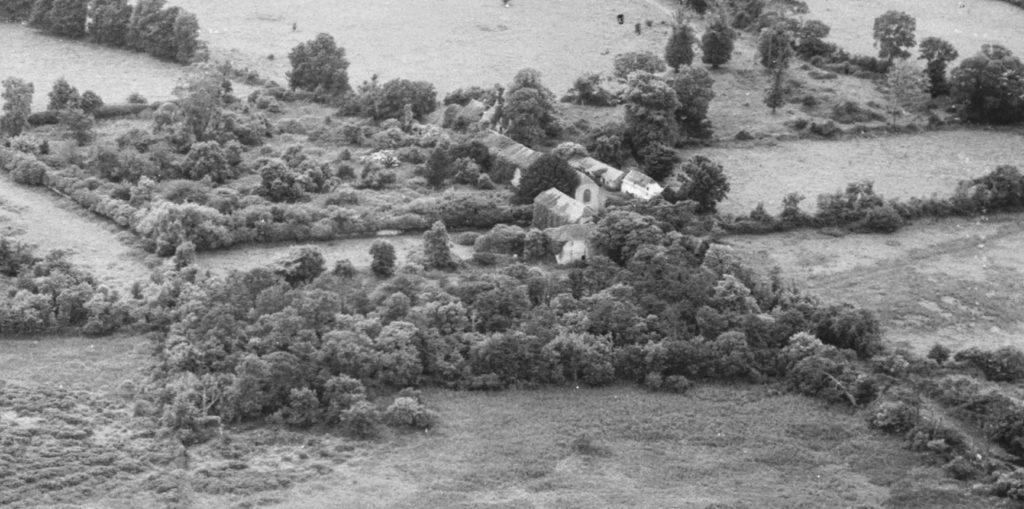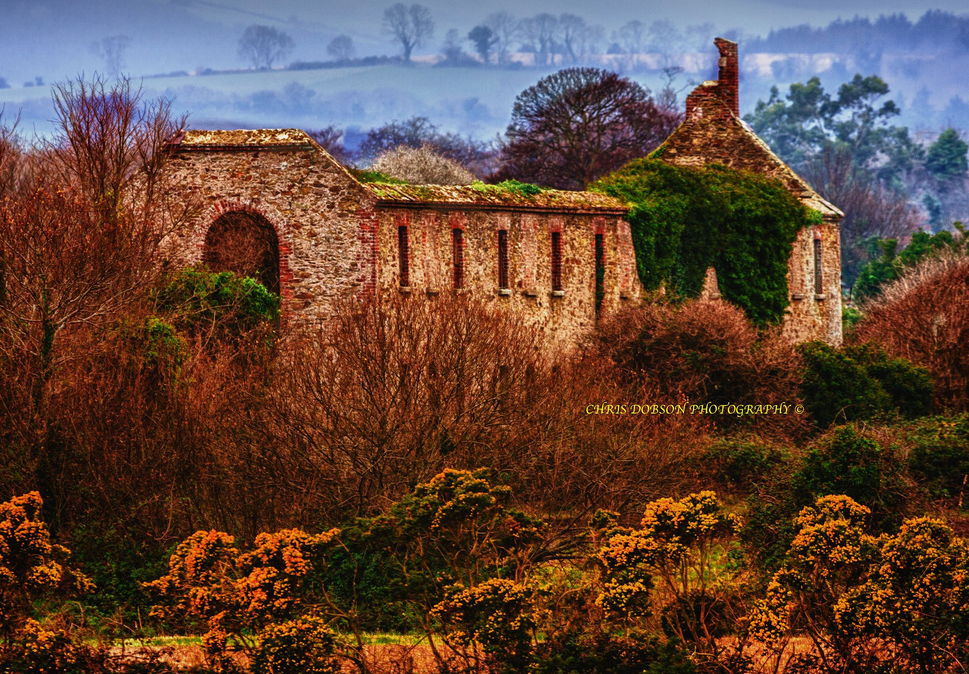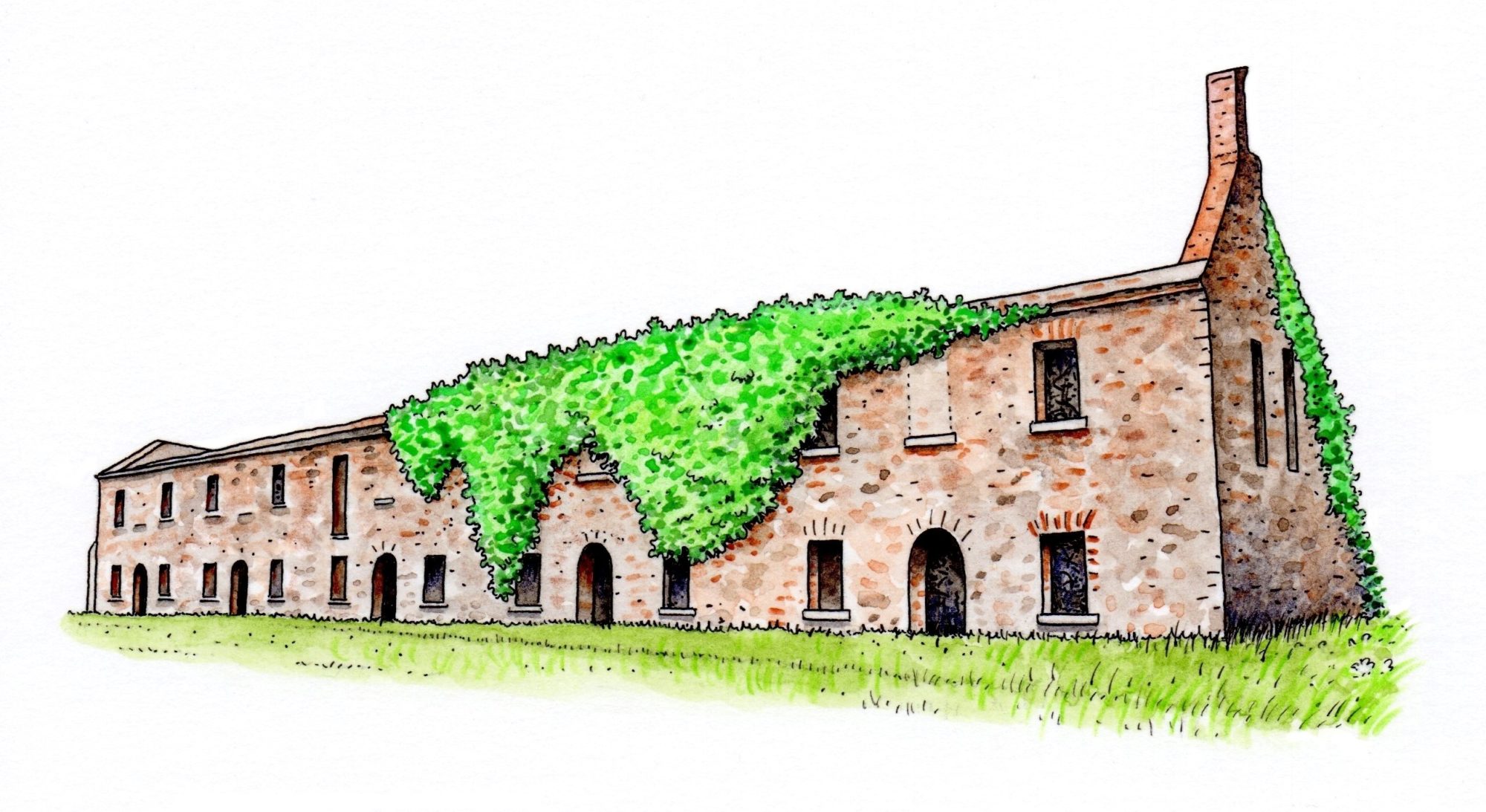By the late 1600s, Kilcoole was surrounded by wealthy estates, and the largest of these was Ballygannon, located at the end of Lott Lane beside the sea. Ballygannon belonged to the O’Byrne clan, and is referenced as early as 1533 as Ballienan. Art mac Teige Byrne owned Ballygannon in 1641 but the estate was confiscated under Cromwell and granted in 1648 to Sir Richard Kennedy. However the Byrnes remained at Ballygannon, renting the land from Kennedy for many years.
Ballygannon was inhabited from the mid-1700s to the 1930s by the Scott family. Sea captain Hopton Scott came to the house in 1689 during the Williamite War. His ship ran aground on a sandbank off Kilcoole and he was given shelter by Thady O’Byrne. He married O’Byrne’s eldest daughter, Randelia, in 1692.
Thady died in 1707 and left Ballygannon to his eldest son Charles. When Charles died in 1733 his will directed that the estate be sold to benefit his five children. It appears to have been bought by Sir Hopton Scott, (grandson of Hopton and Randelia) who was born in 1736 and died in 1788. Hopton Scott was a notable figure in his day, being named high sheriff of Wicklow in 1782 and knighted in the same year.
The Scotts had many scattered landholdings in the Kilcoole area, including Darraghville and the mill on Sea Road. The family were also the legal owners of the two greens in Kilcoole, and court cases in the late 1800s were brought against villagers who had built cottages on the green. Several of the family heads became involved in expensive race horses; in 1793 the Arabian mares of John Pendred Scott were advertised for sale.
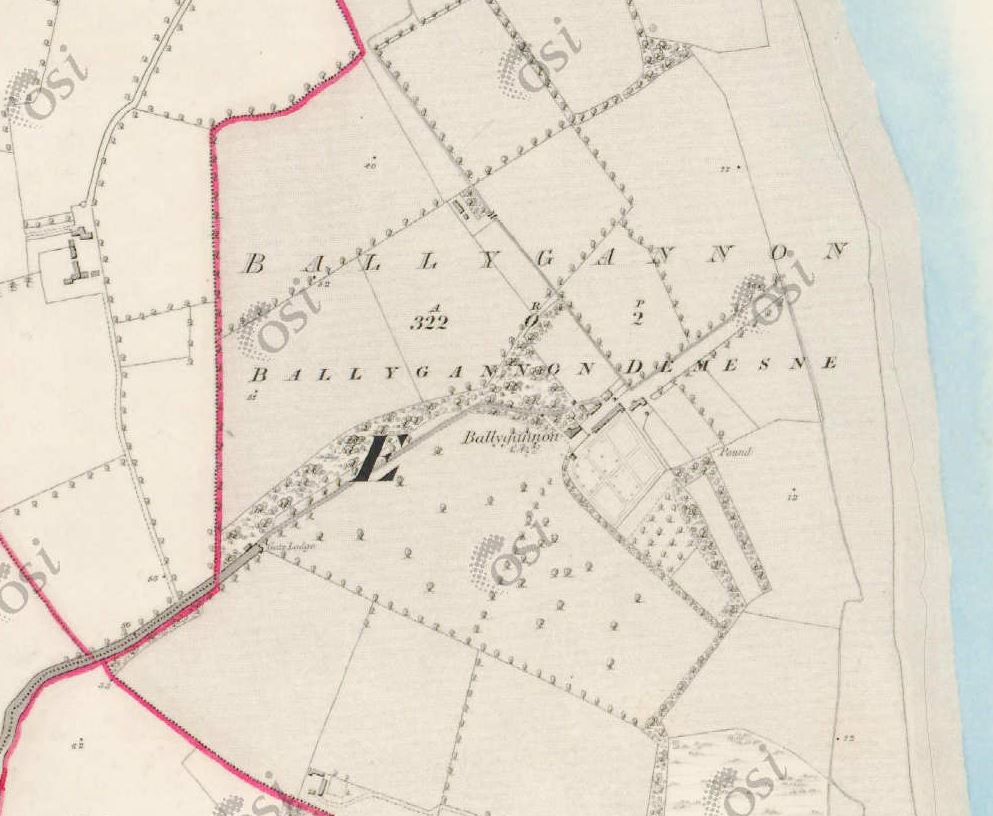
The main house burned down in the late 1800s and the remaining family lived in a smaller thatched house on the property. The last male occupier of Ballygannon, James Edward Scott, died in 1898 at the age of 86 years. In 1896 Ballygannon was sold by the Land Commission to William Digby Evans, the right of residence in house and garden reserved to three Misses Scott during their lives. In September 1931 Cecilia Scott, the sole survivor, resigned her claim to Mr. Evans and left Ballygannon. The house and stables thereafter fell into ruin.
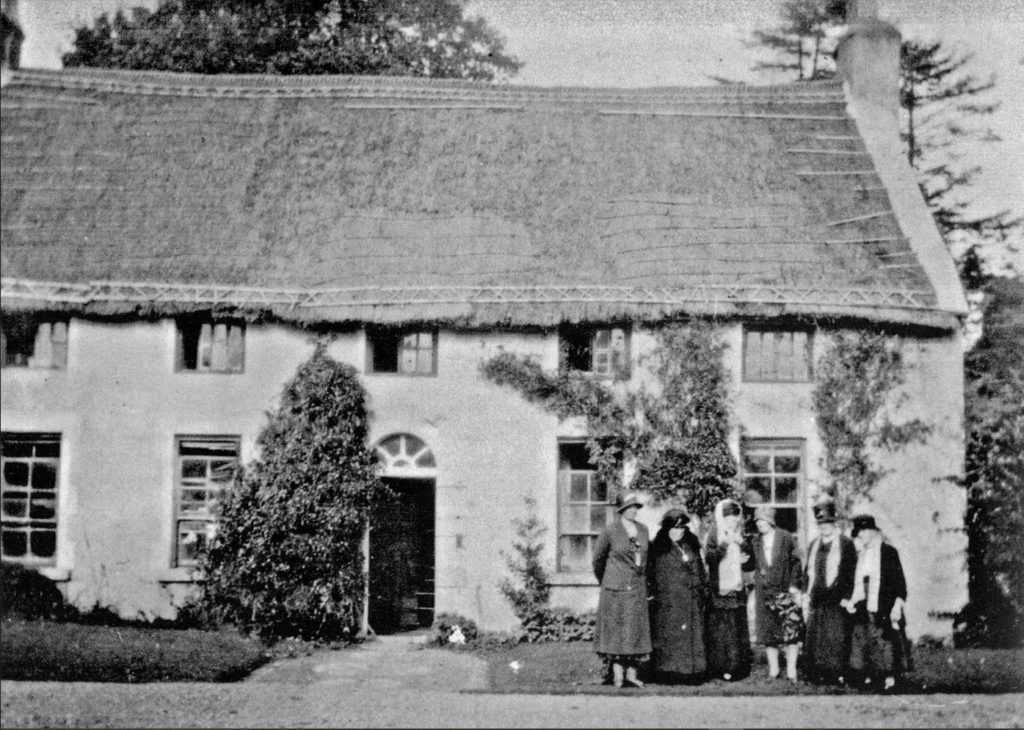
The Ordinance Survey map of 1838 shows an extensive estate comprising the main house, numerous large outbuildings, a walled garden and orchard, and the promenade extending from the house down to the sea. Today the substantial ruins of several of the outbuildings can be seen from the coastal path to Greystones. A large walled garden is now under tillage. The original pillar gates of the house are still standing at the end of Lott Lane, past Glenroe Farm.
